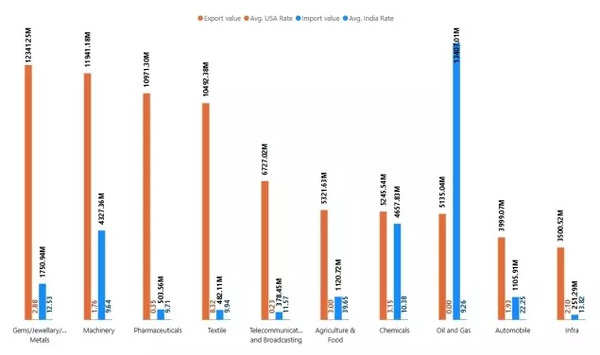The Dawn of a New Trade Era
The 'liberation' journey initiated during Mr. Donald Trump's first term with the China trade war has evolved into a major campaign focus for his second term. The world anticipated reciprocal tariff changes in Trump's second term, culminating in the announcement of April 2, 2025, as 'Liberation Day'. This day marked the imposition of extensive reciprocal tariffs on identified prescribed countries and an additional 10% ad valorem duties for imports from other countries.
Understanding the New Tariff Structure
As per the Executive Order issued by the President of the US on April 2, 2025, the average tariff rates imposed by respective countries were considered, and reciprocal tariffs were introduced at a discounted rate. The implementation plan of the new rate levy has been meticulously prescribed, affecting goods entered for consumption or withdrawn from warehouse on or after April 5, 2025.

Exemptions and Sector-Specific Impacts
Certain products have been exempted from this Executive Order, either for granting exemption or because they are covered under other tariff hike orders. Industries such as Steel, Aluminium, and Automobile and Automotive Parts have seen tariff rate hikes implemented via separate proclamations.

The Future of India-US Trade Relations
With the US accounting for 18% of India's total goods exports, the real impact of reciprocating tariffs on India is a subject of keen interest. Sectors like pharmaceuticals, textiles, and telecommunications may have some cushion due to the demand elasticity of their products in the US market. However, agriculture, food, and chemical sectors might face significant challenges.
By Sagar Shah and Ruchi Bhat






Comments